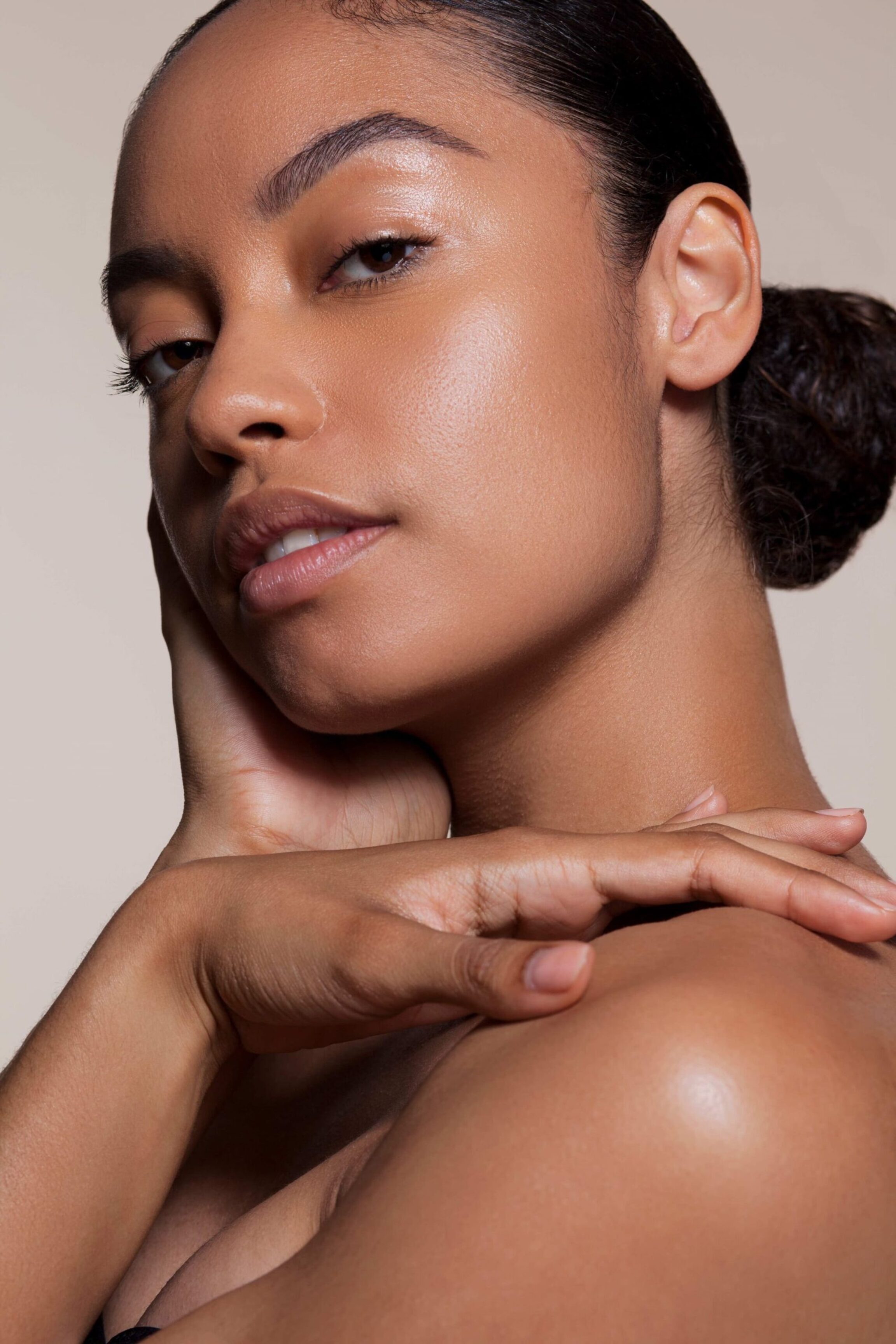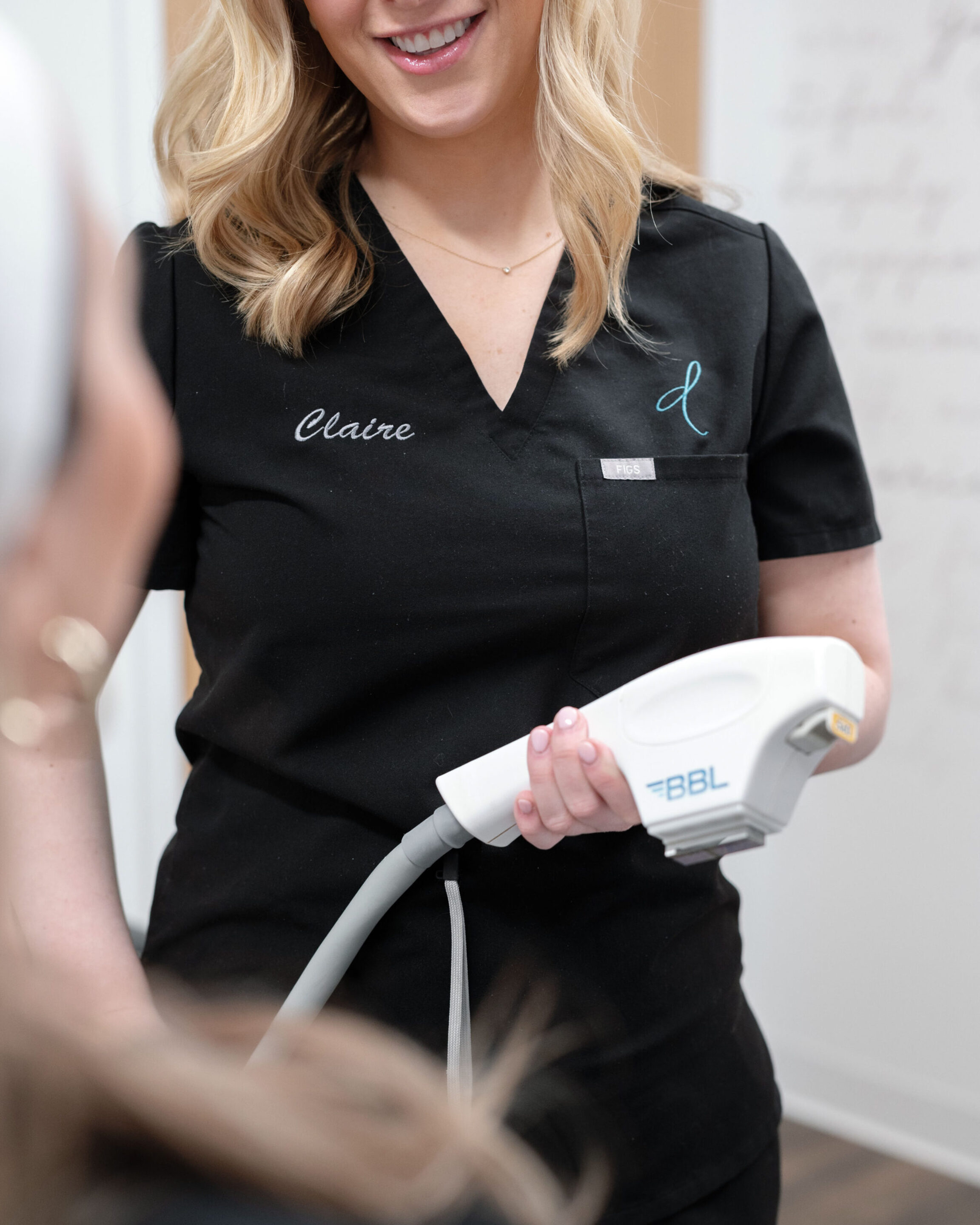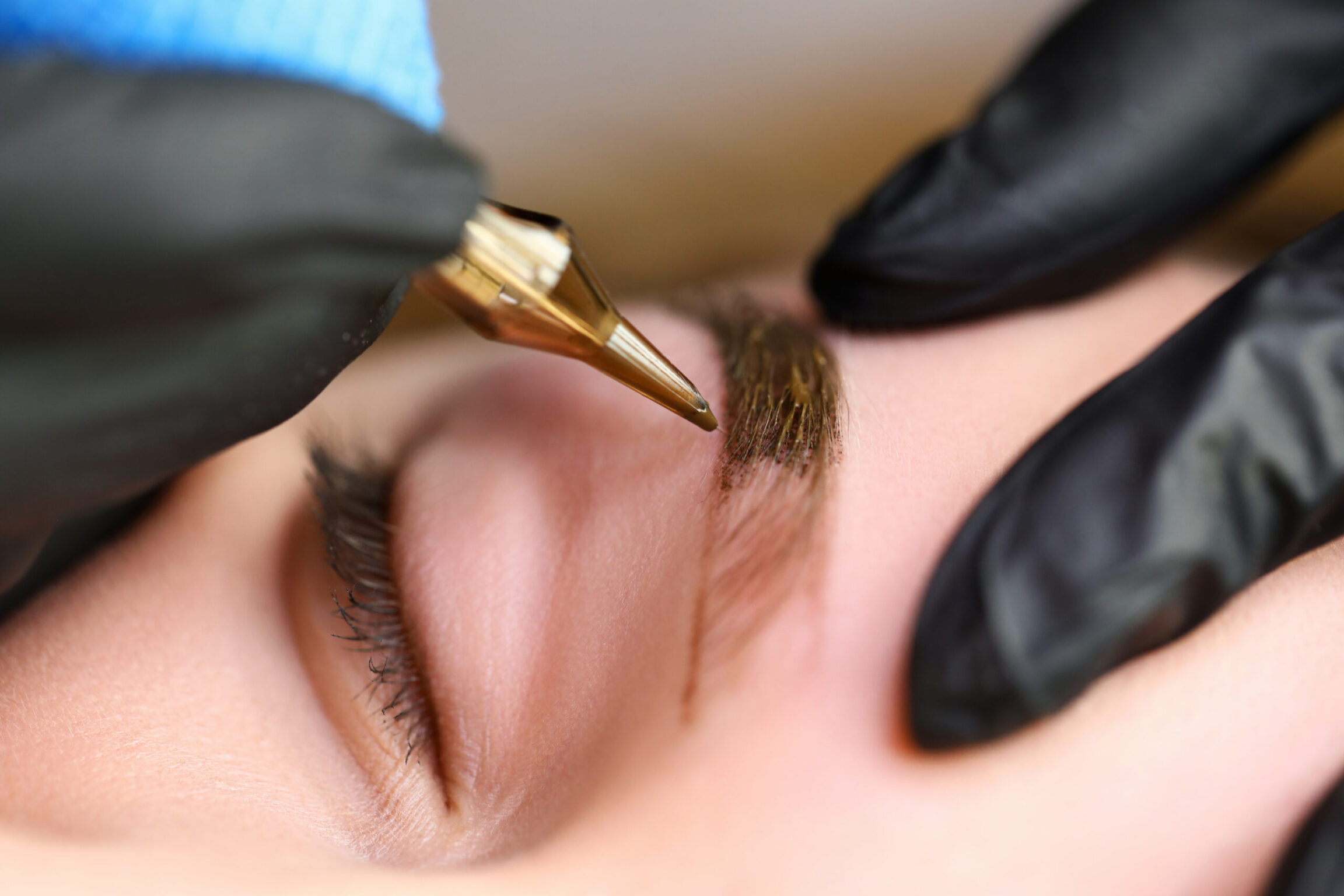Author: Claire Hinkle
How Can I Improve My Jawline?
Safe & Effective Solutions To Strengthen Jaw Appearance

A strong, well-defined jawline is often associated with masculinity and attractiveness. Many men seek to enhance their jawline through surgical and nonsurgical methods, as well as lifestyle changes and daily exercises designed to strengthen the muscles around the chin. We use our professional experiences and aesthetic expertise to help men answer the question “How can I improve my jawline?” with safe and effective solutions.
Surgical Solutions
Chin Liposuction
Chin liposuction is a straightforward surgical procedure that removes excess fat from beneath the chin and along the jaw. This helps to refine the contours of the lower face, enhancing the overall definition and appearance of the jawline.
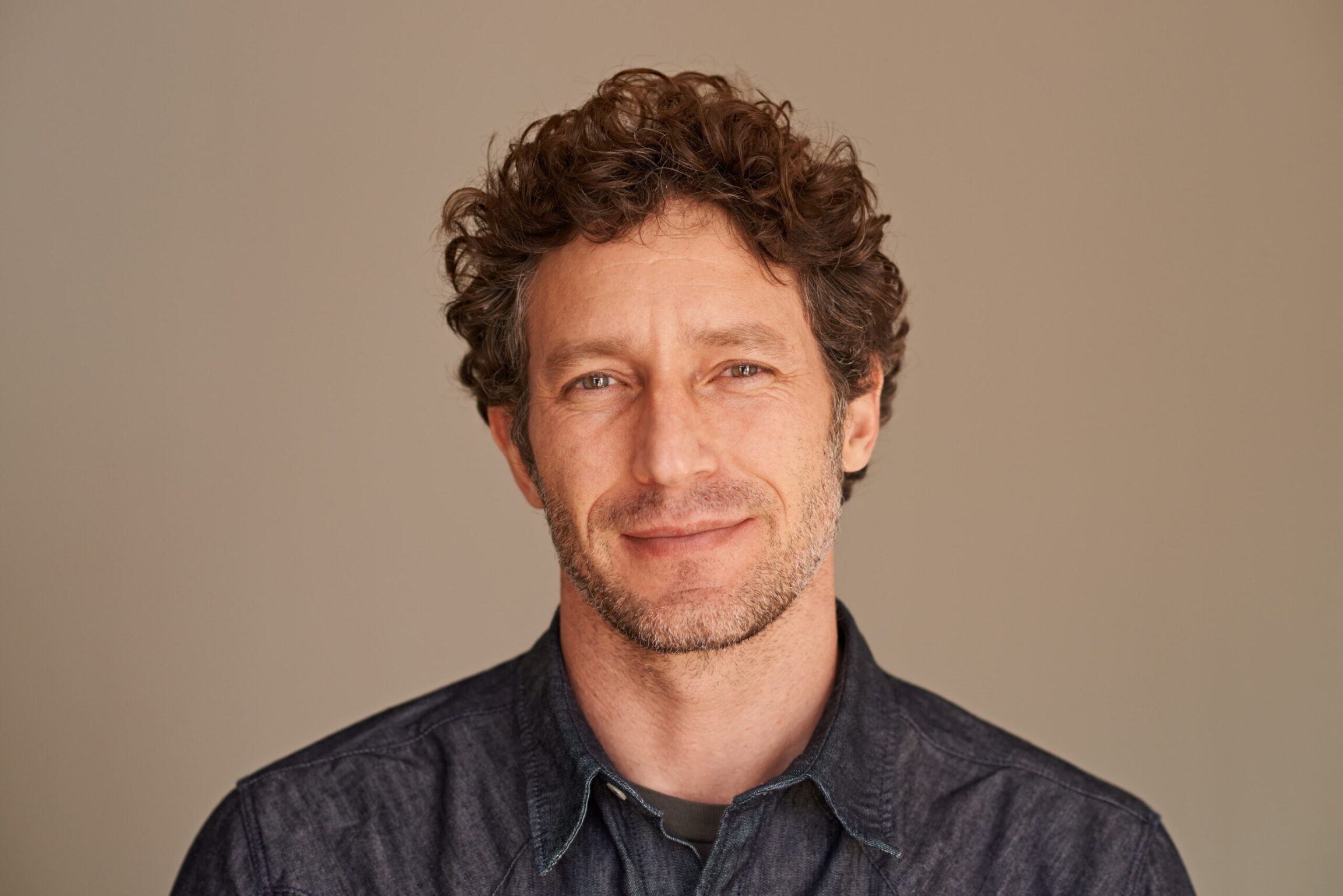
Chin Implant/Augmentation Surgery
Chin implant surgery (sometimes referred to as “chin augmentation”) involves placing an implant around your natural chin bone to create a more prominent and defined jawline. This procedure can significantly enhance the jaw’s structure, providing a more balanced and masculine facial profile.
Facelift & Neck Lift Surgery
Both facelift and neck lift surgeries tighten the skin and underlying tissues near the chin and jaw. By removing excess skin and repositioning fat and muscles, these surgeries can elevate the jawline, giving you a more youthful and sculpted appearance.
Nonsurgical Solutions
Kybella
Kybella is an injectable treatment that dissolves fat cells under the chin, reducing the appearance of a double chin. This nonsurgical solution helps to make the jawline appear slimmer and more defined by taking away what could be covering up your natural features.
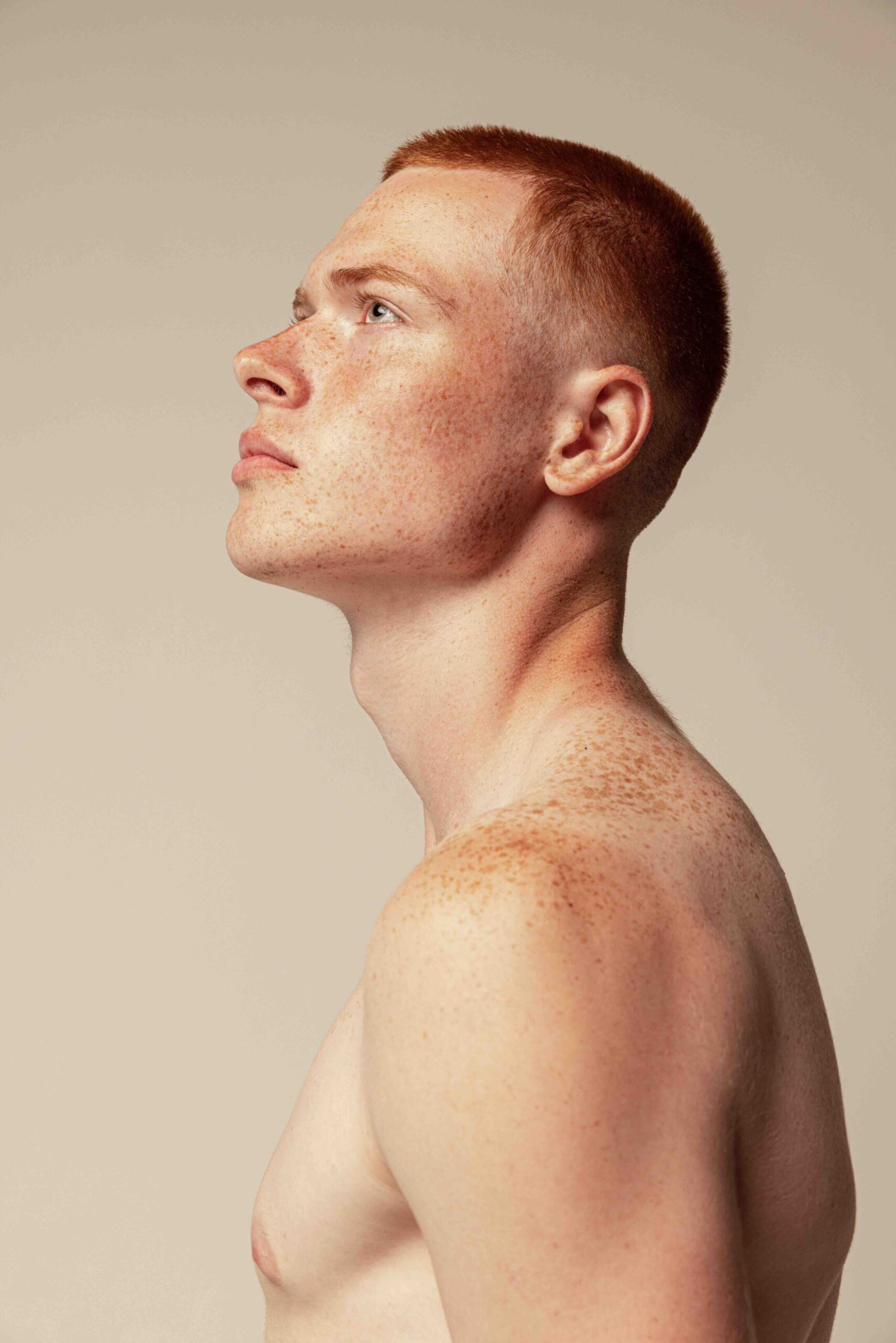
Filler Injections
Dermal fillers can be strategically injected along the jawline to add volume and enhance its shape. This minimally invasive procedure can provide immediate results, refining the jawline’s contours and improving facial balance.
CoolSculpting For The Chin
CoolSculpting is a noninvasive procedure that uses controlled cooling to freeze and eliminate fat cells under the chin. This treatment helps to reduce submental fat without incisions or downtime. Maximum results are most often experienced after two CoolSculpting sessions.
Botox for Jaw Enhancement
Wrinkle relaxers can be used to enhance your jawline and improve the look of a receding chin. An overactive mentalis muscle can cause the chin to appear weak and blunted, but Botox works by acting on the nerves to relax the muscles, preventing them from contracting.
Facial Massage
Regular facial massage can improve circulation and reduce fluid retention in the face. This can be performed routinely by a professional massage therapist or at home as part of your daily skincare routine to maintain a well-defined jawline.

Lifestyle Changes & At-Home Solutions
The following are straightforward DIY techniques and lifestyle interventions that can help improve the jawline look. However, they are not as effective as the surgical and nonsurgical solutions listed above which offer greater, more noticeable and lasting results.
Low-Sodium Diet
A low-sodium diet helps reduce water retention in the body, including the face. By minimizing bloating and puffiness, being mindful of your diet can subtly improve the chin’s appearance.
Adequate Sleep
Proper sleep hygiene is essential for overall health and can significantly impact your facial appearance. Getting enough rest reduces puffiness and promotes better skin elasticity, which can help maintain a defined jawline.

Chewing Gum
As simple as it may sound, chewing gum regularly can strengthen the muscles in your jaw, potentially enhancing the jawline’s definition. This easy exercise can be easily incorporated into your daily routine.
Does Mewing Actually Improve Jawline Appearance?
Mewing involves proper tongue posture, where the tongue rests on the roof of the mouth to promote better alignment of the jaw and teeth over time. Despite its social media buzz, there is no reputable research suggesting mewing as an effective technique at this time.

About The Author
Claire Hinkle, PA-C, is a renowned injectables expert in Columbus, Ohio. As an aesthetic provider at Donaldson, she specializes in a variety of nonsurgical treatments including Botox, filler injections, laser hair removal and more. When she isn’t performing these procedures, she can be found working one-on-one with patients, helping them to better understand the range of solutions to achieve their aesthetic goals and improve overall skin health.
Related Articles

Read More What Happens During A Halo Treatment
What Happens During A Halo Treatment
Halo skin resurfacing addresses a number of skin concerns, from fine lines to texture issues. As you consider Halo, we wanted to first walk you through everything that happens during a treatment.
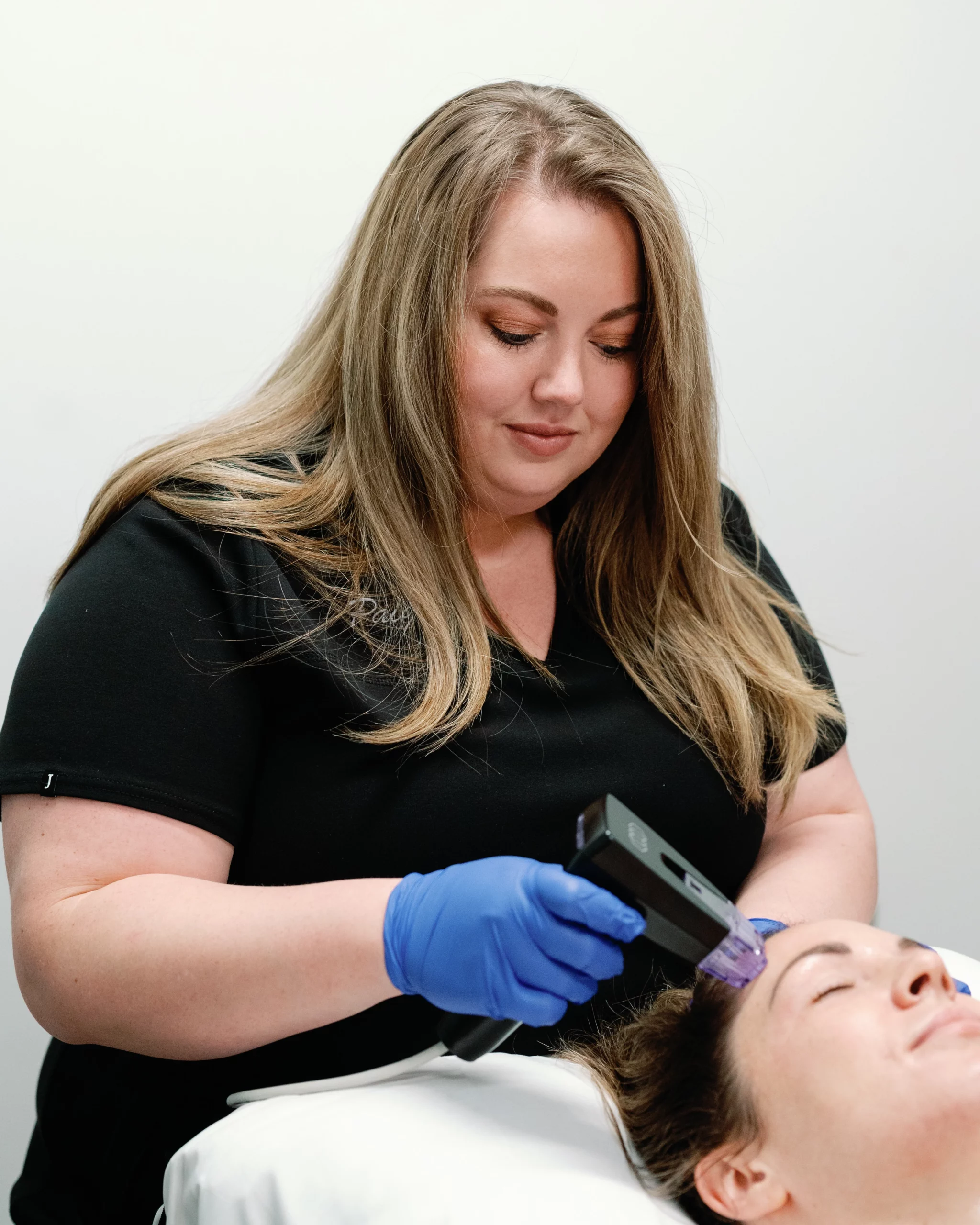
Read More Morpheus8 Aftercare
Morpheus8 Aftercare
Morpheus8 is an incredibly versatile treatment that can address a variety of skin concerns. Learn more about you can expect from Morpheus8 aftercare to reduce downtime and improve your results.
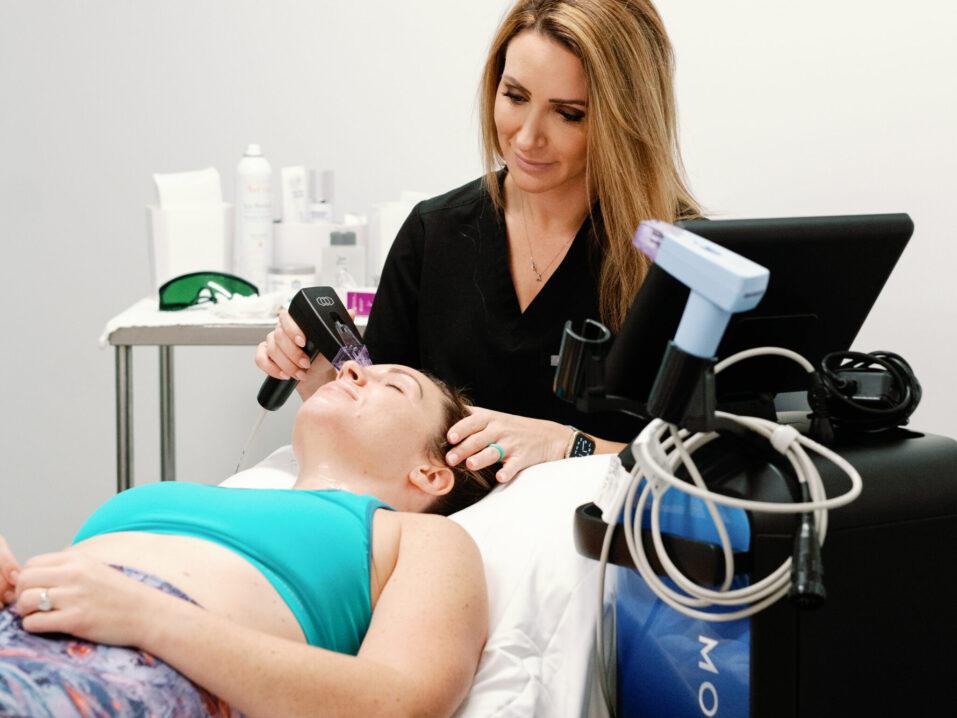
Read More Morpheus8 Vs. Ultherapy
Morpheus8 Vs. Ultherapy
Both Morpheus8 and Ultherapy offer excellent results when it comes to skin tightening, but Morpheus8 has far greater versatility and can be used on more areas of the body.
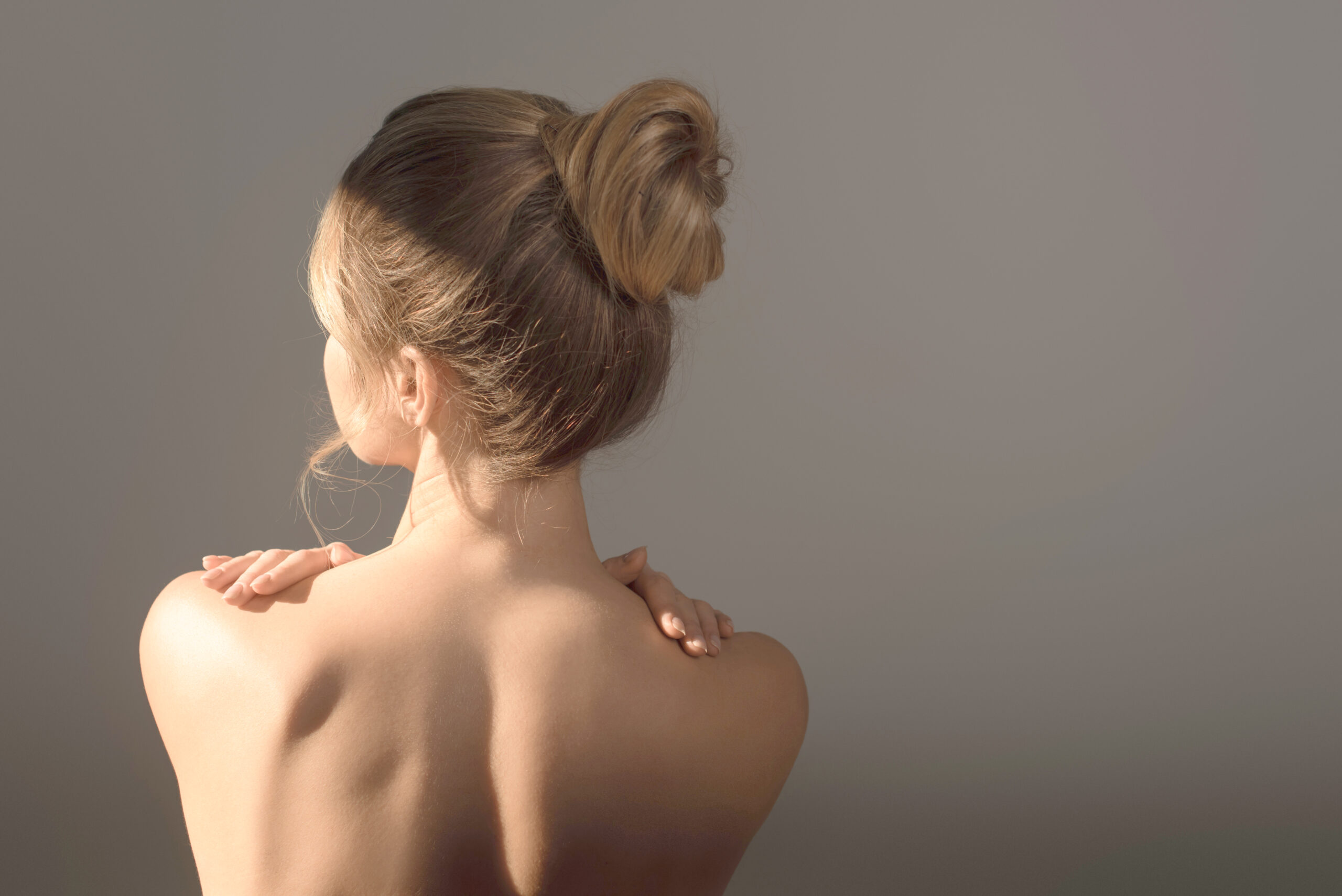
Botox In The Trapezius Muscle Can Provide A Slimmer Shoulder Look
TrapTox (sometimes referred to as “Shoulder Slimming Botox”) is a non-surgical procedure that involves injecting Botox into the trapezius muscle in an effort to achieve a leaner upper frame and relieve the appearance of a “hunchback.” This unique technique has gained popularity for its ability to target and relax the muscles responsible for a bulkier, more pronounced and sculpted shoulder appearance.
Why Has TrapTox Gained Popularity?
This treatment has seen a recent increase in demand since gaining viral notoriety on TikTok. Users create before and after videos showcasing their individual 3 – 4-week journey. These users often boast positive results along with their rationale for opting for this treatment, ranging from nerve pain management to a smaller and more feminine appearance.
How Does TrapTox Work?
The TrapTox technique uses botulinum toxin (Botox) to selectively relax and slim down the muscles in the shoulder region. By injecting Botox into specific muscle groups, TrapTox aims to reduce the prominence of shoulder muscles, resulting in a more refined and elegant appearance.
This non-surgical approach offers an alternative to traditional methods, such as invasive surgeries or restrictive dieting for those seeking a more delicate shoulder contour.
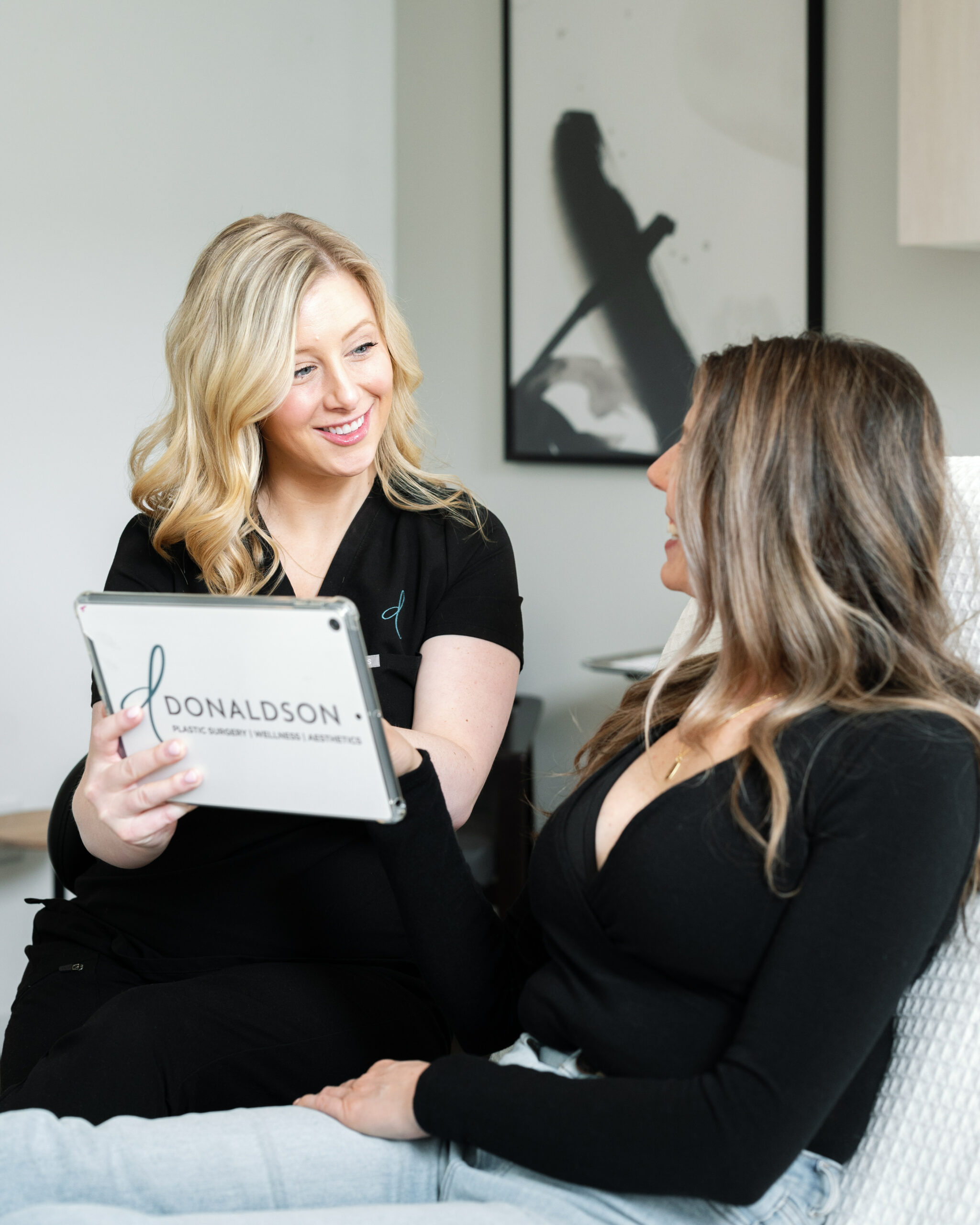
What Happens At A TrapTox Appointment?
The Initial Consultation
Everything begins with an initial consultation to ensure that you qualify for this treatment. Together, you and your provider will explore your medical history, discuss your goals and establish expectations.
Based on your candidacy, anatomy and desired outcome, the provider will establish a tailored TrapTox treatment plan for you. The plan includes the targeted muscle groups, recommended dosage, and an overview of the expected results.
The Botox Injection Session
During the in-office treatment session, the provider will administer Botox injections directly into the identified shoulder muscles in concurrence with your custom treatment plan. The injections are strategically placed to selectively slim down the muscles responsible for the bulkier appearance.
The procedure is typically quick, with minimal discomfort reported by most patients.
Recovery & Results
Following TrapTox treatment, patients can resume their daily activities without significant downtime. It is common to experience mild redness, swelling or bruising at the injection sites, which usually subsides on its own within a few days. You should avoid strenuous exercise, alcohol and caffeine for the first 24 – 48 hours after your session to ensure the most efficient recovery.
The effects of TrapTox gradually manifest over several weeks, with optimal results becoming noticeable within 4 to 6 weeks.
TrapTox Results: Considerations & What To Expect
- This is a temporary treatment: TrapTox results are not permanent and typically last between 4 to 6 months. To maintain the desired shoulder slimming effects, individuals may need periodic touch-up sessions. However, some patients are able to preserve their results for longer periods of time due to lifestyle changes.
- Every body is different: The physical response to TrapTox can vary among individuals due to differences in muscle anatomy and metabolism. It is essential to have realistic expectations and discuss potential outcomes with a qualified injector during your consultation.
- Safety & expertise considerations: TrapTox is an advanced injection technique and should only be performed by experienced healthcare professionals who are well-versed in administering Botox. Ensuring the provider’s qualifications and adherence to safety protocols is crucial to mitigate risks and achieve desirable outcomes.

About The Author
Claire Hinkle, PA-C, is an expert aesthetic treatment provider at Donaldson Plastic Surgery. She specializes in a variety of nonsurgical treatments, including fillers, laser therapy and Botox injections. Claire combines her calming bedside manner with her passion for learning the latest concepts in the industry to improve the confidence of her patients on a daily basis. She currently performs TrapTox in Columbus, Ohio.
Related Articles

Read More The Beginner’s Guide To Men’s Skin Health
The Beginner’s Guide To Men’s Skin Health
The Donaldson "Men's Skin Health Guide" takes a comprehensive look at the steps guys can do to elevate their skincare routine & age with poise.

Read More Perfect Procedure Pairings
Perfect Procedure Pairings
Discover the best plastic surgery combinations & most popular aesthetic treatment pairings designed to help you achieve your unique goals.

Read More C-Section Scar Removal
C-Section Scar Removal
When it comes to C-section scars, you have a number of effective solutions to reduce the appearance of scarring.
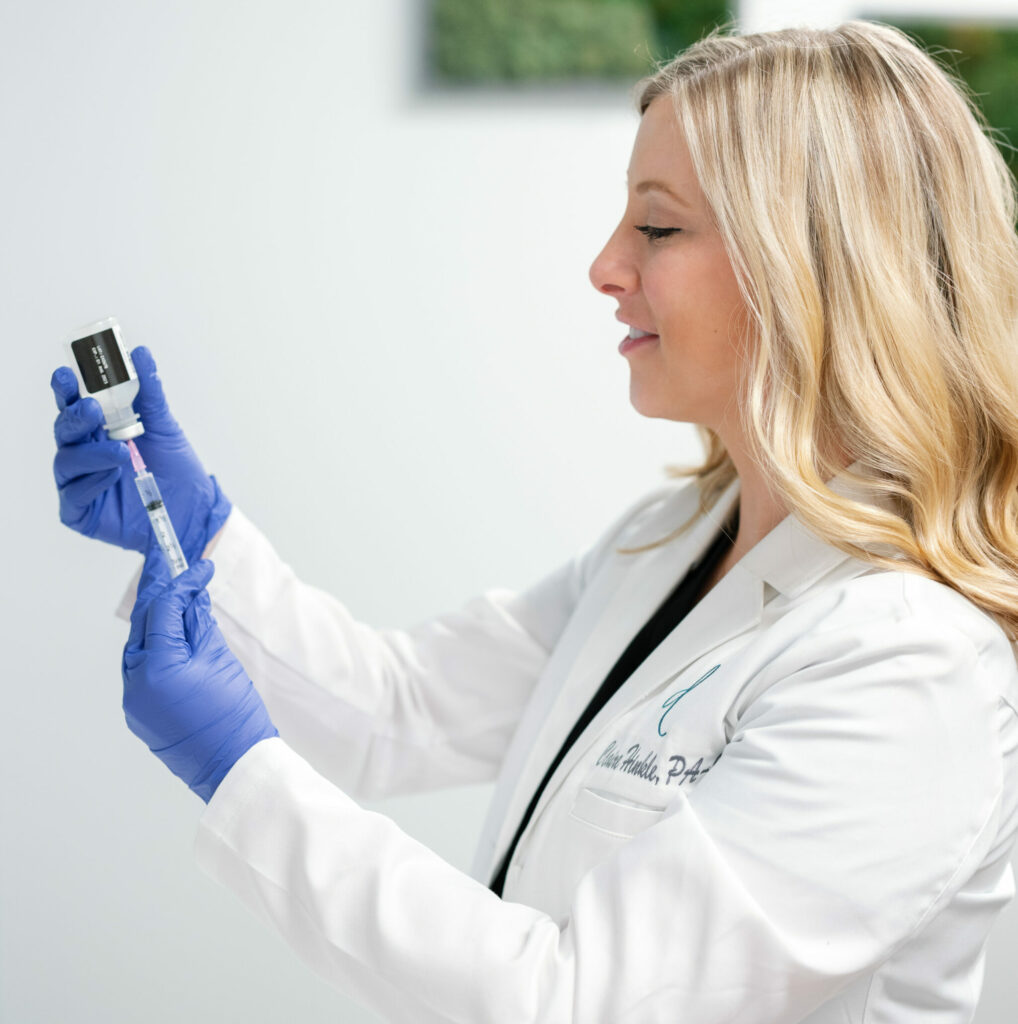
Answers To The Common Question: Can I Work Out After Botox?
Exercise after Botox — among other strenuous activities — should be avoided for at least 6 hours after treatment. Our providers recommend abstaining from intense exercise for 24 hours after Botox injections. This gives the neuromodulator an opportunity to settle into place and the skin gets enough time to heal.
If a patient insists on exercising on the same day as the treatment, we urge them to keep the intensity low. A brisk walk to get the heart rate up or yoga poses can be OK, but the patient should abstain from sweating as much as possible. Following this recommendation for at least a day can prolong cosmetic results.
“The earliest stage after your session is important. If you’re going straight from our office to the gym for a high-intensity workout, there’s potential that you will run through the Botox faster. We want you to get as long as you can out of your treatment!”
– Claire Hinkle, PA-C
What Else Should I Avoid After Botox? (Up To 24 Hours)
- Direct sunlight
- Other forms of heat exposure, including hots, saunas and tanning beds (up to 48 hours after)
- Touching the treated area
- Exfoliating washes
- Facial treatments, including facials, massages, permanent makeup
- Wearing hats or any coverings that come in direct contact with the treated area
- Alcohol (24 hours before and after treatment)*
*Alcohol can potentiate any natural bruising that occurs and negatively impact the healing process
Does Exercise Impact The Longevity Of Botox Results?
Yes. While the longevity of Botox varies from person to person, routine sweating can shorten the lifespan of results. Greater circulation to the face that comes with rigorous exercise, along with increased light abrasions (like wiping away sweat) can cause the body to metabolize the material faster.
Coincidentally, Botox can also be used to treat Hyperhidrosis (or “Excessive Sweating”). By blocking the nerve signals responsible for sweating, the sweat glands’ ability to produce too much sweat is throttled but not completely cut off.
How Long Do Botox Results Typically Last?
Full Botox results can take up to 2 weeks to take full effect and should last until about the 8 – 10 week mark when you start to see minor movement returning. If movement comes back, this can be related to stress, exercise or your body’s natural metabolism. Your best results are maintained if you consistently retreat with Botox. We advise patients to prebook their next appointment in 12 weeks to ensure they stay on an optimal schedule.

About The Author
Claire Hinkle, PA-C, is a renowned aesthetic provider at Donaldson Plastic Surgery who specializes in Botox injections and lip filler. With rich experience in both nonsurgical procedures and post-surgical recovery, she brings a truly holistic approach to the cosmetic treatments she performs each day. Claire strives to help patients safely achieve their desired results — and to hold onto those results even longer.
Related Articles
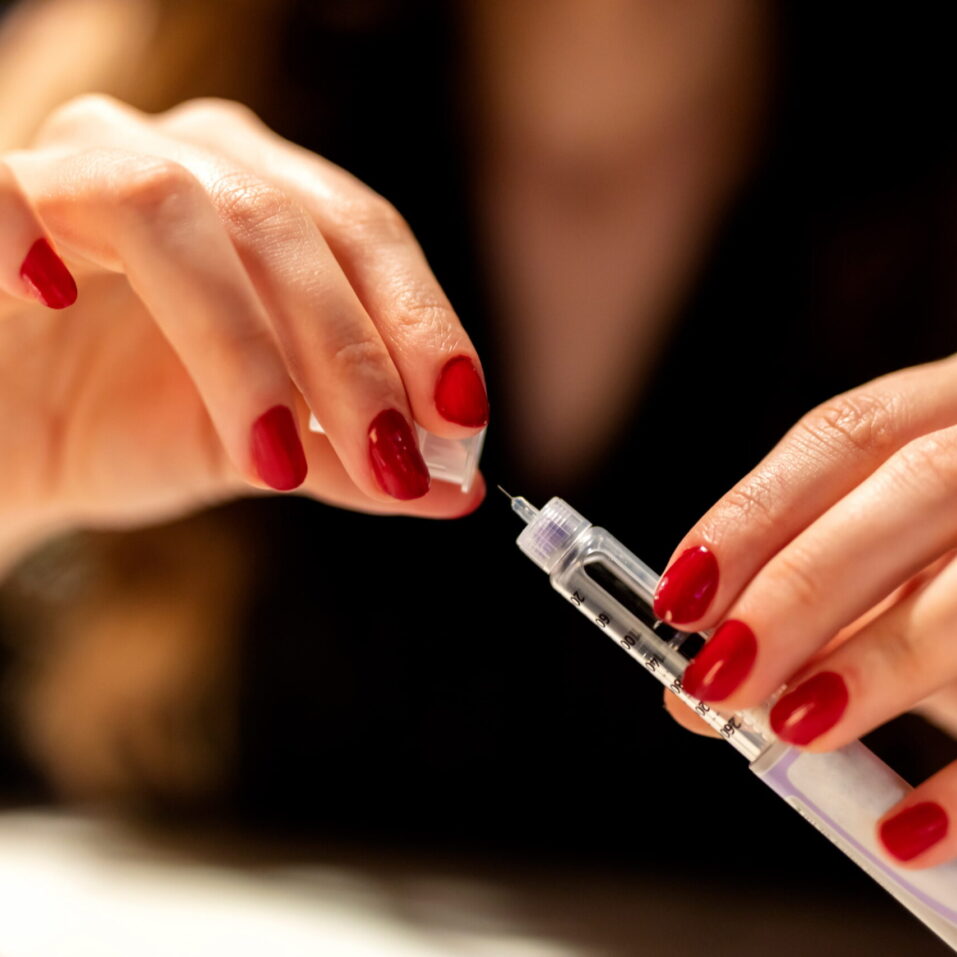
Read More How To Inject Semaglutide At Home
How To Inject Semaglutide At Home
Our comprehensive, step-by-step guide to safely & effectively injecting compounded semaglutide at home.

Read More How Long After Filler Can You Sleep On Your Side?
How Long After Filler Can You Sleep On Your Side?
We advise patients to wait 3-5 days after their appointment before falling asleep on their side. Allowing time for the filler to settle is fundamental to achieving long-lasting and optimal results.

Read More Breast Augmentation Post-Op Instructions
Breast Augmentation Post-Op Instructions
Our comprehensive breast augmentation post-op guide is designed to help you navigate the crucial days and weeks following your procedure.
The Benefits Of Adding Platelet-Rich Plasma To Your Next Skin Treatment
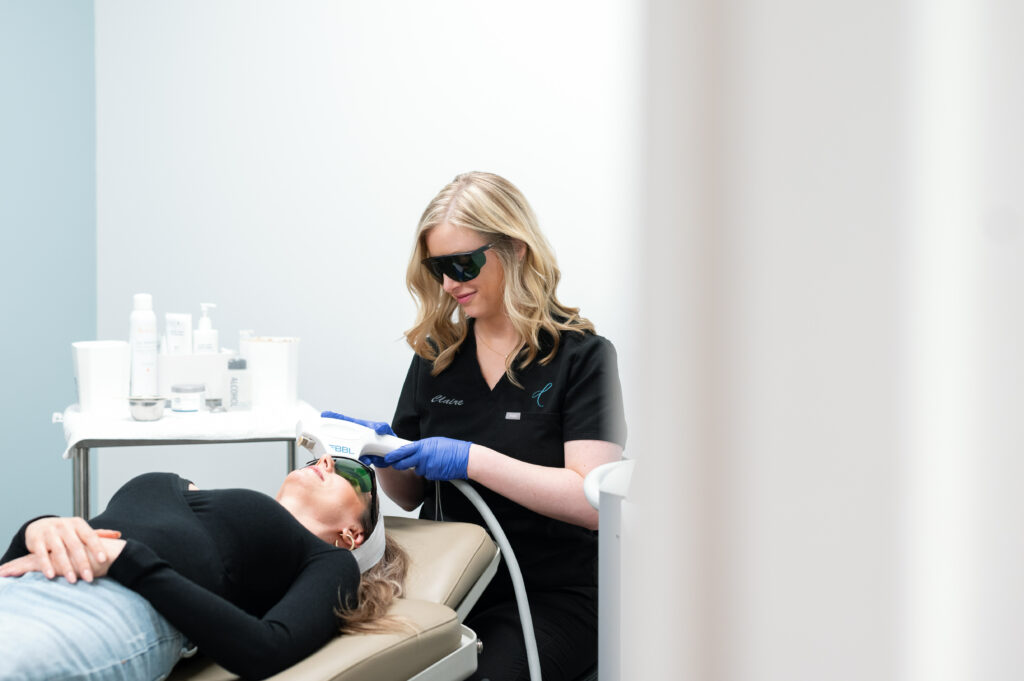
Laser therapies (like Halo, BBL, skin resurfacing and acne scar reduction) have proven effective for patients seeking advanced skincare solutions that go beyond an over-the-counter product. We’re going to dig deeper into the benefits of adding PRP for laser treatments to a session, along with how this upgrade can improve the overall patient experience by reducing the recovery period, improving aesthetic results and bolstering those amazing results.
What Is Cosmetic PRP?
Platelet-rich plasma (PRP) has become an increasingly popular addition to aesthetic skin treatments due to its ability to naturally enhance the healing process and improve overall cosmetic outcomes. PRP involves using the patient’s own blood to extract nutrient-rich platelets, which are then concentrated and injected back into the body or placed onto the skin after the treatment is completed.
PRP has been successfully used in various medical fields, including sports medicine, sexual wellness, orthopedics and hair restoration, and is now being incorporated into laser skin treatments.
“The PRP is all the good stuff — all of the growth factors that stimulate collagen production, promote cell growth, efficiently repair the micro-injuries made during the treatment and help those results really shine after the recovery process.”
-Claire Hinkle, PA-C
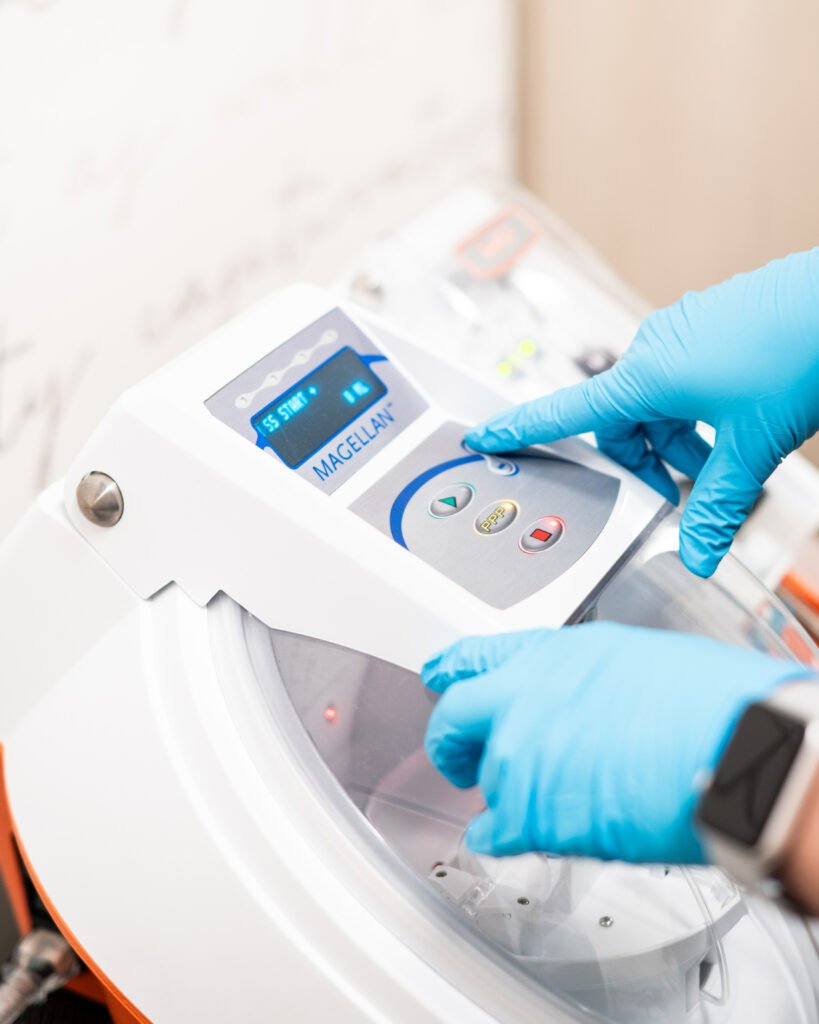
Growth Factors Found In Platelet-Rich Plasma:
- Platelet Derived Growth Factor (PDGF)
- Transforming Growth Factor (TGF)
- Vascular Endothelial Growth Factor (VEGF)
- Epidermal Growth Factor (EFG)
- Insulin-Like Growth Factor (IGF)
- Fibroblast Growth Factor (FGF)
What Treatments Can Benefit From PRP?
- Halo laser skin resurfacing
- diVaTyte
- Microneedling
- Morpheus8 skin tightening
- Post-surgery scar reduction
Does PRP Reduce The Recovery Time For Laser Treatments?
Yes. Recent research indicates that properly timed PRP usage can aid in cell regeneration and wound repair processes after laser treatments and microneedling. It can also minimize adverse symptoms, including erythema, edema and crusting.
Does PRP Improve Laser Treatment Results?
Yes. Limited studies have shown that fractional carbon dioxide lasers, combined with platelet-rich plasma treatments, resulted in a significant increase in patient satisfaction with their cosmetic results, specifically when it comes to combatting photoaging and treating wrinkles.
Can It Preserve Those Results Longer?
There is not much in the way of published academic studies when it comes to PRP’s effect on the longevity of results. However, our providers have seen, first-hand, longer-lasting positive outcomes when PRP was added to treatment. This could be due to the plasma’s healing properties and growth factors, but this could also be correlated with patients who are more dedicated to their skincare regimen and tend to strictly adhere to post-treatment protocols designed to preserve results.
How Long After A Laser Treatment Is PRP Added?
For maximum efficacy, providers apply platelet-rich plasma to the treated area and massaged it into the skin almost immediately after the treatment is completed. The PRP is left to sit for about 20 minutes. A soothing balm may then be applied to help reduce swelling and improve comfort.
Patients Should Avoid PRP If They’ve Been Diagnosed With:
- Skin cancer in the desired treatment area
- HIV/AIDS
- Hepatitis C
- Blood cancer
- Any cardiovascular disease that requires blood thinners

About The Author
Claire Hinkle, PA-C is an esteemed aesthetic provider at Donaldson Plastic Surgery. Her nonsurgical specializations include laser skin therapies, Botox and filler injections. Claire has spent more than 7 years immersed in the world of plastic surgery and head and neck surgery recovery, assisting thousands of patients through this vulnerable time in their lives. With her rich history in the postoperative experience, she aims to help even more patients recover faster and bolster their cosmetic outcomes.
Related Articles
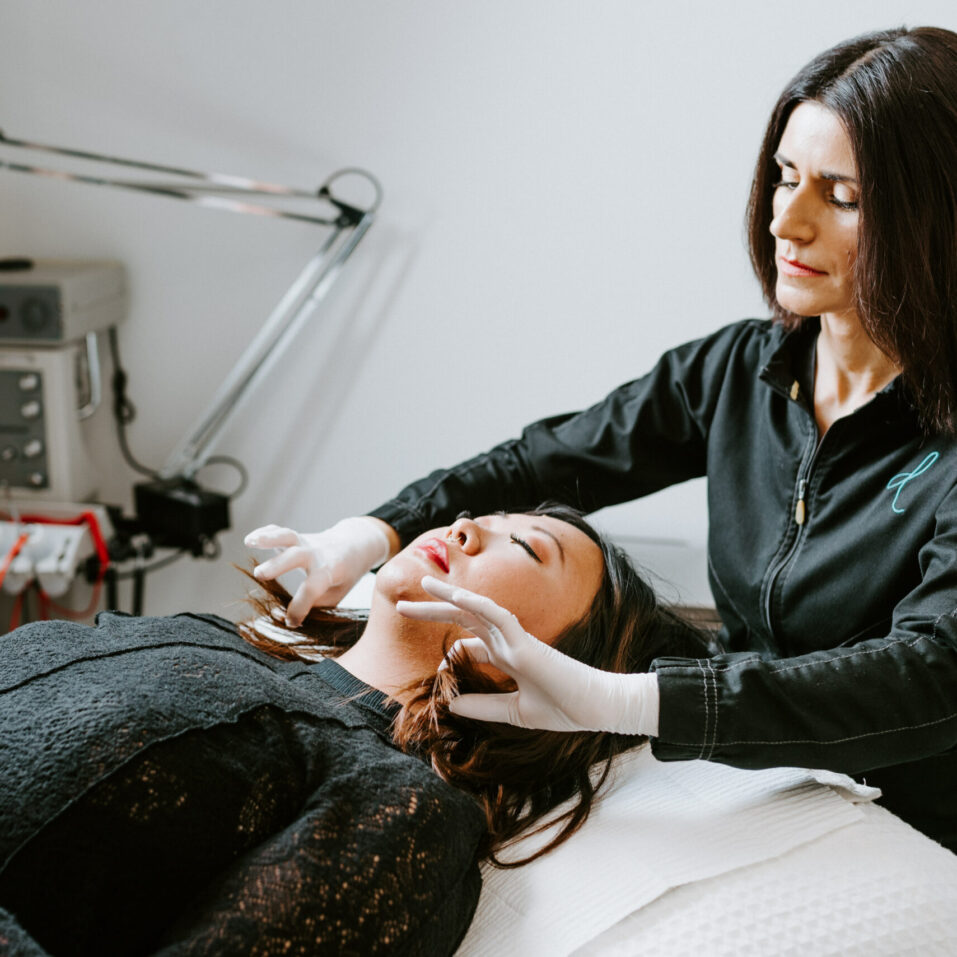
Read More The Art Of Aesthetic Biohacking
The Art Of Aesthetic Biohacking
You can enhance your look by "hacking" your biology through nonsurgical treatments that use the body's own growth factors to adjust your appearance, while also adding specific vitamins and minerals into your daily regimen to replenish what you may be missing.
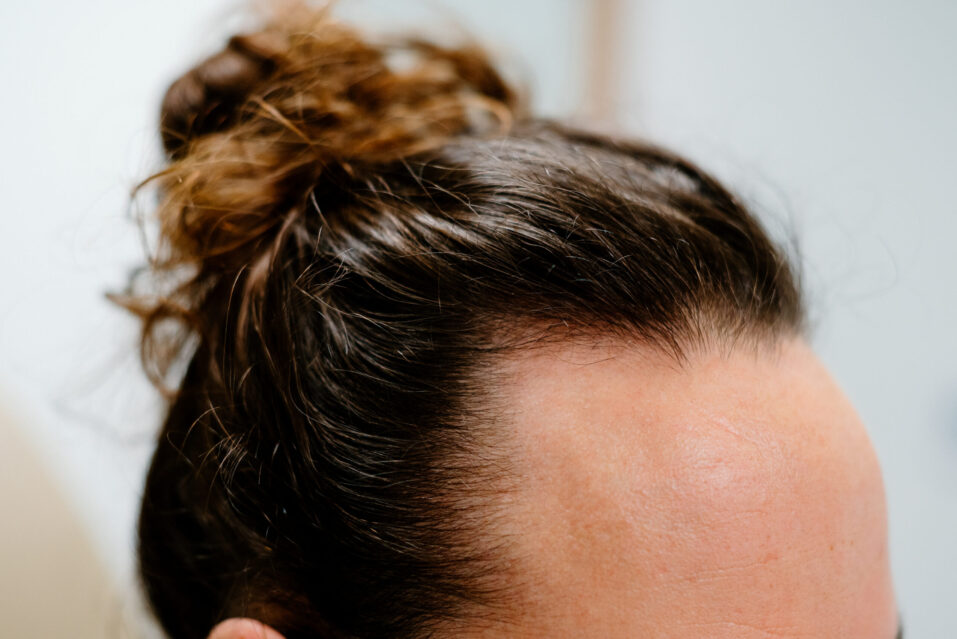
Read More How To Regrow Your Hair Without A Transplant
How To Regrow Your Hair Without A Transplant
PRP injections, prescriptions medications and medical-grade nutrition supplements can be combined as a nonsurgical solution to regrowing and retaining existing hair.
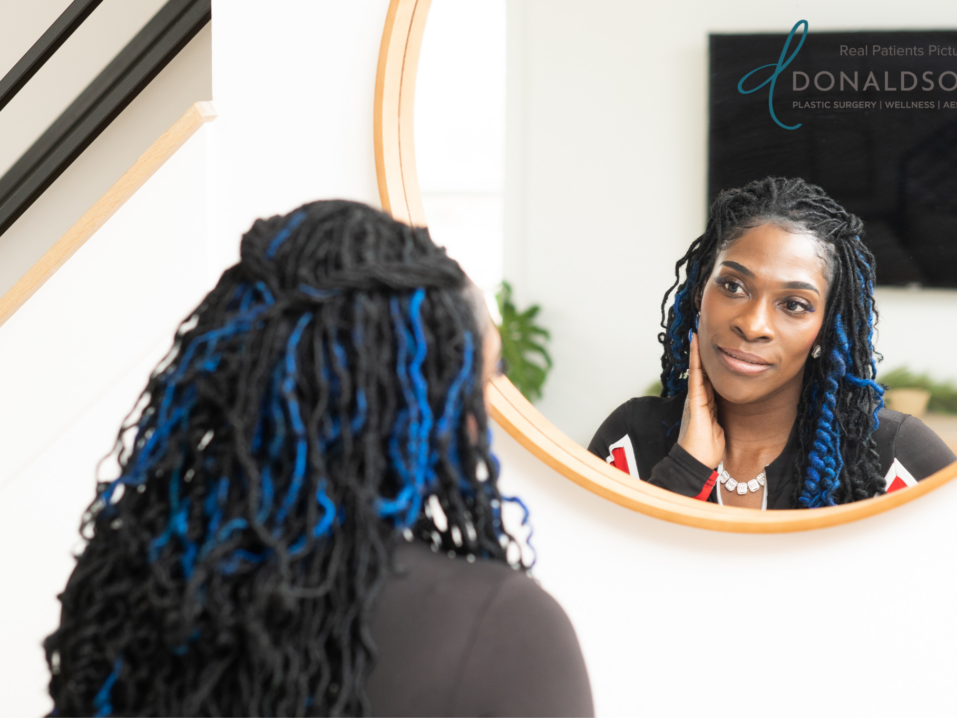
Read More Cosmetic Treatments For Darker Skin Tones
Cosmetic Treatments For Darker Skin Tones
There are a number of cosmetic treatments that are safe for dark skin — including Morpheus8 & PRP for hair restoration. However, certain laser procedures should be avoided.







